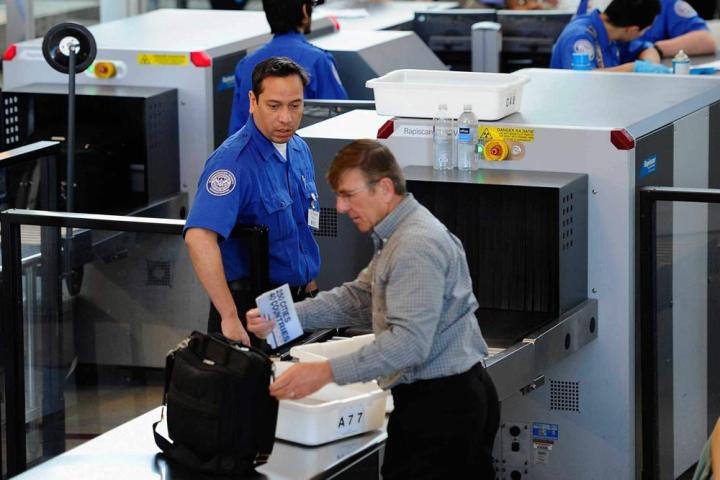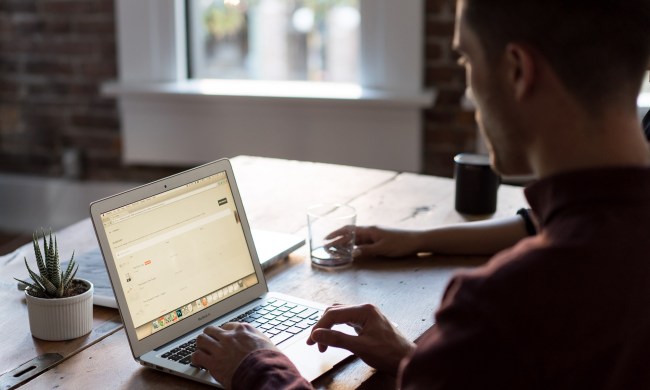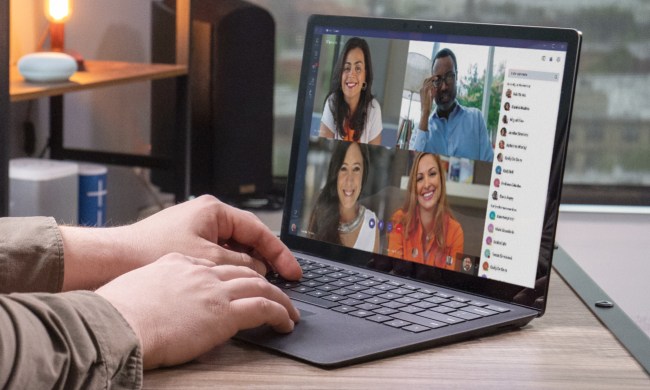
Detailed by the New York Times recently, the Transportation Security Administration (TSA) has started investigating all passengers more extensively by scanning a large range of digital databases owned by a variety of organizations. While the T.S.A. hasn’t released specific details about the type of information that’s used to screen passengers, the various databases available to the organization include data such as employment information, property ownership records, car registration records, previous trip information, tax identification numbers and past transgressions with law enforcement.
Prior to this expansion, the TSA relied heavily on the Secure Flight Program; a database in which the nation’s terrorist watch list is compared to a person’s date of birth, gender, name and passport number. The organization has also offered the Pre-Check program for frequent flyers in which U.S. citizens can opt-in for a criminal background check and offer up their fingerprints for TSA records.
An advantage to submitting to this process is access to shorter security lines dedicated solely to Pre-Check passengers as well as not having to take off shoes or remove laptops and liquids from carry-on baggage. Pre-Check passengers also don’t have to walk through the full-body scanners, only though standard metal detectors.
With access to these databases, the TSA is attempting to reduce the number of people standing in regular passenger lines by 25 percent. Basically, passengers that pass muster will be ushered into a lighter screening process. However, passengers that are deemed more of a risk by the TSA could potentially be subject to more stringent searches, perhaps even more involved than the current process.

Edward Hasbrouck, author of the The Practical Nomad series of travel books, has expressed concern over the effort. In an interview with the Times, Hasbrouck said “I think the best way to look at it is as a pre-crime assessment every time you fly. The default will be the highest, most intrusive level of search, and anything less will be conditioned on providing some additional information in some fashion.” Hasbrouck works as a consultant with The Identity Project, a group of privacy advocates.
After the New York Times story was published, the TSA issued a response on the organization’s official blog attempting to clarify what’s not being used to judge passengers. According to the post, the TSA is not using car registration records, employment information or the length of a passenger’s stay in a specific location. The TSA also claims that all databases accessed to research passengers are not privately owned. However, TSA representatives didn’t specifically list what information is being used to screen people prior to their flight.
It’s clear that the TSA wants to expand the Pre-Check program as rapidly as possible to reduce traffic in security lines. According to ABC News, the TSA wants to expand the program into 350 airports around the country by the middle of 2014. Anyone interested in the Pre-Check program should be aware that fingerprints provided to the T.S.A. will be accessible to local law enforcement organizations as well as the Federal Bureau of Investigation. According to the Chicago Tribune, those fingerprints are kept on file for 75 years.


